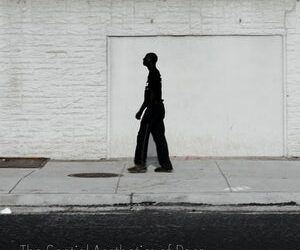Recorded on November 12, 2020, this video features a “post-mortem” analysis of the 2020 election — and what the implications are for the future. The panel was presented by the University of California, Berkeley’s Citrin Center for Public Opinion Research and Social Science Matrix.
Panelists included: Peter Hart, Founder of Hart Research; Lyn Vavreck, the Marvin Hoffenberg Professor of American Politics and Public Policy at UCLA; and Nathan Persily, the James B. McClatchy Professor of Law at Stanford Law School. The panel was moderated by Gabriel Lenz, Professor of Political Science at UC Berkeley.
Learn more about the Citrin Center at https://citrincenter.berkeley.edu.


